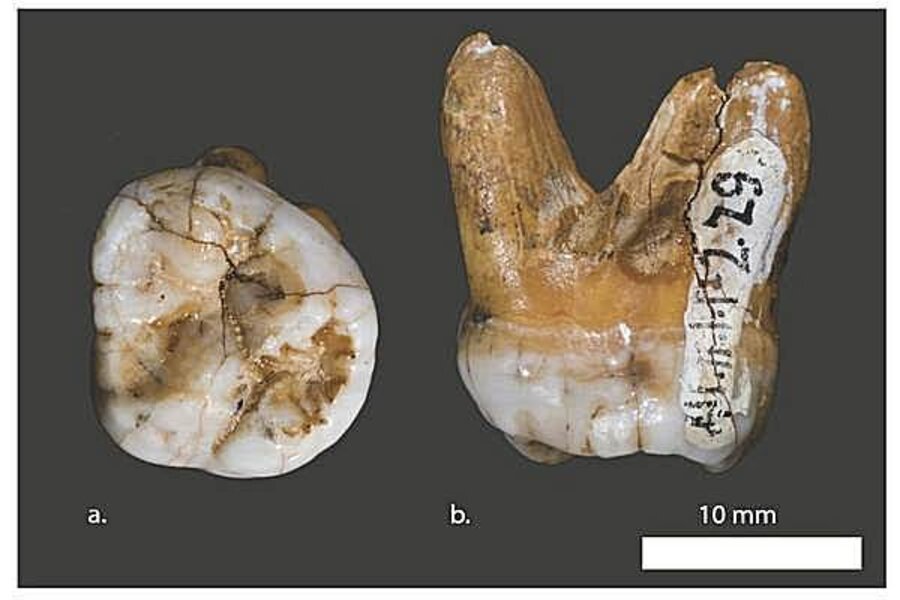New human species discovered? How China fossils could redefine 'human'
Skulls, jawbones, and teeth originally unearthed decades ago in two caves in China are beginning to shed new light on human evolutionary history, particularly in East Asia.
The fossils were found in Longlin Cave in China's Guangxi Province in 1979 and in Maludong Cave in Yunnan Province in 1989. The bone fragments may have belonged to a previously unknown species of Homo, the same genus as modern humans.
The Red Deer Cave people, as scientists are calling them, share some features with modern humans. But they also differ, suggesting that, for much of our history, Homo sapiens in East Asia might have co-existed, and perhaps competed, with other animals that could also lay claim to the designation 'human.'
"It is clear that they share no particular affinity with either Pleistocene East Asians," say the researchers in their recent paper reported in the journal PLoS ONE. They don't seem to be related to modern East Asians either.
The Red Deer Cave people, so named for their taste for the meat of a now-extinct species of deer, had skulls that looked very different from those of all modern humans, including those alive today and those who lived in Africa 150,000 years ago. They had similar frontal lobes, but lacked a modern chin, for example.
The timing of the Red Deer Cave peoples' existence, between 11,500 and 14,500 years ago, overlapped with the presence of more modern-looking humans to the south and east. Apparently, they interbred very little with our ancestors, say the study's authors.
The Red Deer Cave people may have been related to the Denisovan people, a recently discovered and little-understood possible human relative that lived 30,000 to 50,000 years ago, suggested Chris Stringer at the Natural History Museum in London to the New Scientist. It's still unclear exactly how either the Denisovan or Red Deer Cave people might fit-in to the human evolutionary tree.
"What the discovery shows is just how complicated, how interesting, human evolutionary history was in Asia right at the end of the Ice Age," said Darren Curnoe, associate professor in the School of Biological, Earth & Environmental Sciences at the University of New South Wales and lead author of the study about the find, according to Discovery News.
The dated, described specimens help fill gaps in scientists' knowledge of human origins in East Asia. Researchers hope to further understand these ancient people's relationship with modern humans by examining DNA extracted from the fossils.
In a 1990 paper, Richard Alexander then of the Museum of Zoology at the University of Michigan summarized human's desire to know more about our evolution: "Perhaps we care partly because we know intuitively that to understand how we came to be may tell us things of value about modern human activities, especially those that perplex and frighten us."





